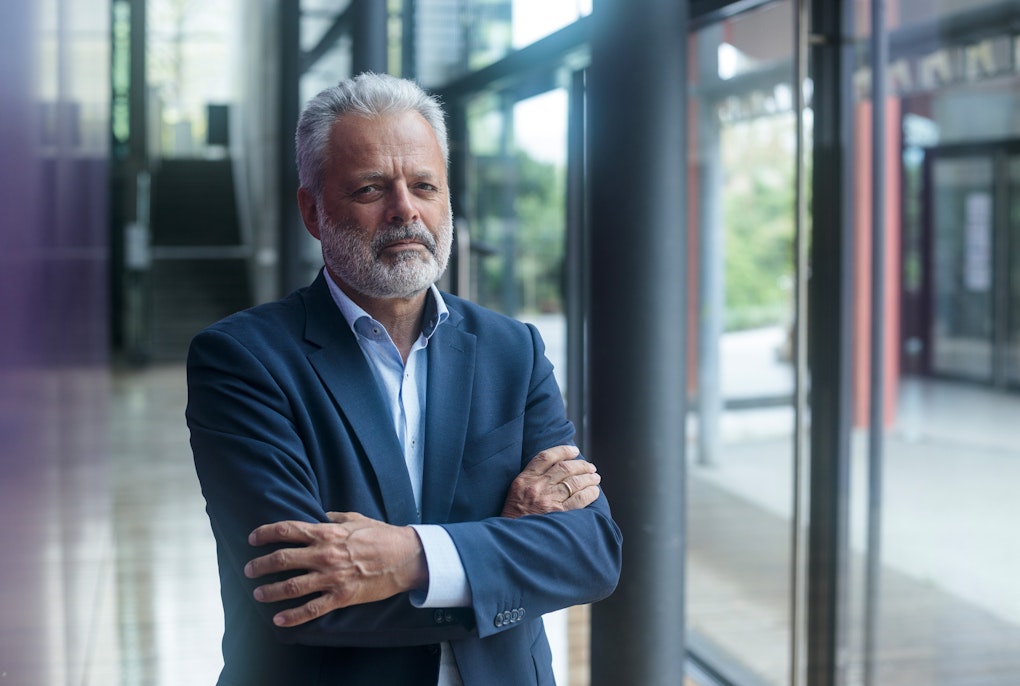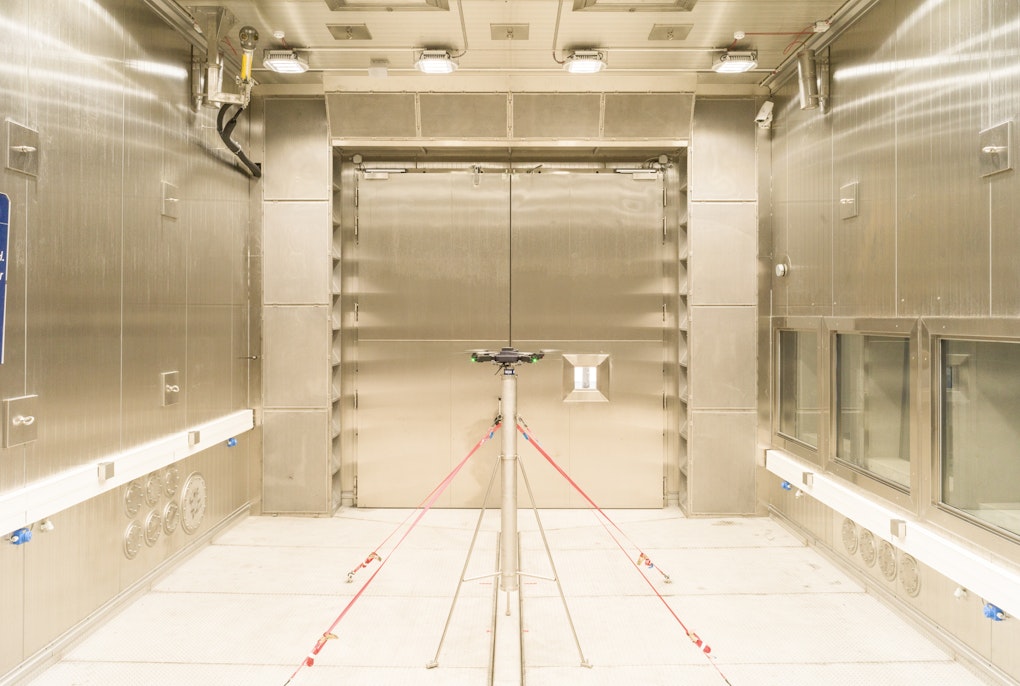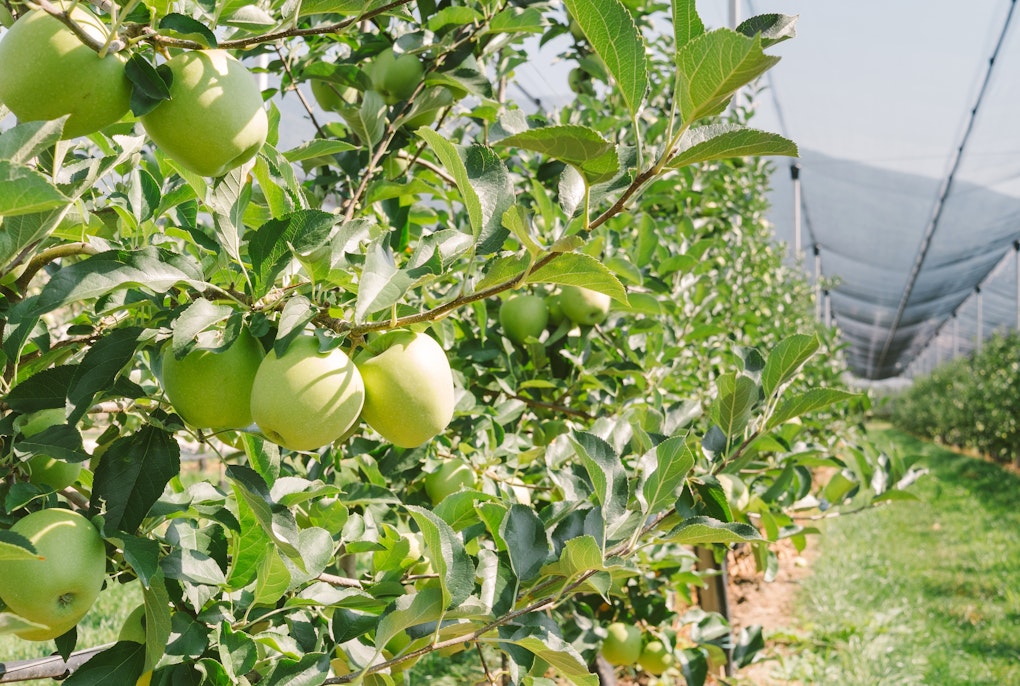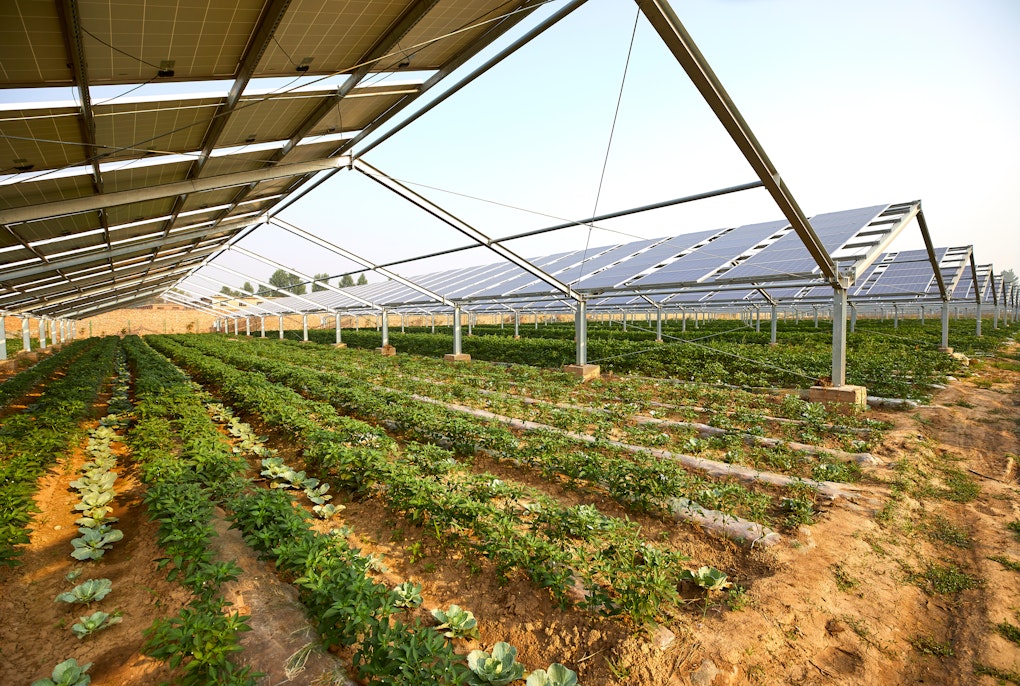magazine_ Interview
Honoring heritage
How agritourism models maintain cultures, create opportunities and act as a resource for keeping rural areas active
a delegation from America, Greece and Taiwan learn about the ancient practice of making speck.
Photo: Annelie Bortolotti | Eurac Research
Without an adequate income, farmers are becoming more likely to swap their lives in the country for the cities, threatening farms that constitute a centuries-old architectural, environmental and cultural heritage. The World Congress on Agritourism (WAC) seeks to discover innovation and implement sustainable solutions for challenges faced by farming communities the world over.
This year saw the second edition of the WAC hosted by Eurac Research, we talked to two of the movement’s leading voices to examine challenges, opportunities and limitations of agritourism and the prospects for future development of this type of tourism in rural areas around the world.
Is there a definition or a one size fits all description of agritourism?
Lisa Chase: The term agritourism is relatively new and was coined in Italy, with a law in 1985 which formally recognized the movement by endowing it with national legislation, accompanied by regional laws. Farm ‘activities’ were happening earlier, but that law gave it a name. The concept of gathering on farms, celebrating around planting and harvesting and helping out, is something that has been around for as long as agriculture. And while the concept may not be so new, giving it a name, charging visitors and providing them with experiences has become so important, not only for farm viability, for keeping the farms in business, but also for educating the non-farming public, which is almost everyone these days. In the US, most people are far removed from the production of our food and fiber. The farms that are open to visitors do all of us – and agriculture – a huge service because honoring agricultural heritage and understanding where food comes from is such a critical part of what we all should know.
Thomas Streifeneder: Except doing volunteer work on a farm such as WOOFING (World-Wide Opportunities on Organic Farms), there’s no better way to experience and to understand farming than by doing agritourism in terms of social interaction at the center of agritourism between guests and hosts. And the mutual understanding it brings. It’s usually the women who manage the agritourism activities because the men tend to undertake the agricultural part. It’s about creating opportunities for women to also receive remuneration for their work on the farms.
“The concept of gathering on farms, celebrating around planting and harvesting and helping out, is something that has been around for as long as agriculture.“
Lisa Chase, founding chair of the Global Agritourism Network.
LC: In the US, and I think this is true everywhere, the core of agritourism is the working farms. This covers a lot of different types of experiences. Farmers are the ultimate entrepreneurs so the opportunities for agritourism keep growing.
TS: And multitaskers. I enjoy the interface between science and literature and there's one interesting novel I found called Bergland. The author Jarka Kubsova describes the situation of a woman providing rooms on her farm with the very demanding guests and how everything must be perfect. The protagonist has two children, must do the farming, prepare the breakfast, clean up rooms and its stressful. She writes about the change in family life, the quality criteria that needs to be met, the inspections: being a supplier of agritourism may sound nice, but the implementation, the realization is quite challenging for the farmers in daily working life, and we have to think about that.
“Every very farm is specific and has a unique story which should be promoted and communicated.“
Thomas Streifeneder, head of the Eurac Research Institute for Regional Development
What does agritourism look where you are today?
LC: Agritourism in America is highly varied and what’s so amazing about this Congress is seeing what agritourism is like all over the world: in comparing agritourism in America with agritourism in Italy, we certainly have overnight farm stays as an important part of agritourism, but a key part is also taking day trips to farms to have agricultural experiences, such as picking apples, strawberries, blueberries, and flowers or , learning about cheese making or wine or milking cows.
TS: Every very farm is specific and has a unique story which should be promoted and communicated: it’s one key point conveyed by our very professional marketing association, Red Rooster whose mission really is to bring you closer to the rural South Tyrolean way of life. On the farms here we teach the culture of the working farms, products, recipes, cooking tradition and the crafts. But the key challenge is how can we transfer this experience to the guests? How can we transfer this heritage in an innovative way?
LC: In the US these days, people are so disconnected from farming: only 1.4% of the population works on a farm, that’s over 98% of the population that does not. A few generations ago, most people would have been able to get an experience on a farm by visiting grandparents, neighbors, or friends, and helping with the maple syrup collection or milking the cows or picking fruit and connecting to the farm in that way. As the US has become increasingly urbanized and as the food system has become more corporate and centralized, these thriving local farms and food systems have become more challenging to maintain.
TS: We want to shed light on the activities the businesses actually offer and see the different experiences and hear how other countries perform agritourism. Even just the act of picking apples that Lisa mentioned: we are an intensive apple producing area and as things are, recreational apple picking in most cases may not be considered ‘attractive’ as in scattered orchards that tourists would consider visiting as a holiday pursuit. The key thing is also to think about the offer side.
“In the US these days, people are so disconnected from farming: only 1.4% of the population works on a farm, that’s over 98% of the population that does not.”
Lisa Chase
What are the contemporary topics and challenges?
TS: Providing realistic experiences: when you just eat the products, it’s not enough, you don't explore the actual farms and often the experience of daily life is missing. There’s always the interplay between offer and demand and implementation, how to implement the arbitrary is quite challenging - if you bring the people on a farm that provides staged activities, commercial agritourism, where the focus is too much on tourism and there are too many touristic facilities, well it’s not the reality. If you are going to have a swimming pool, have a natural one. Or give access to a nearby lake or even ask the closest hotel owner about allowing your guests entry to their pool. There are approaches to avoid turning farms into something they are not. A farm should show how a farm is in daily life. It’s the real experience of farming and this should be transmitted to the guests and not a staged environment or experience where farmers become too much of a tourism operator.
LC: An often-raised issue in the US is of the equity and the accessibility of agritourism experiences. I can’t speak to how it works in Italy, but in the US there’s a notion that local, organic food costs more, it can be viewed as an expensive, elitist thing. There have been many intentional programs and efforts to make sure that this is not the case: to make sure that agritourism and farm experiences as well as local food are accessible. There’s a spectrum of price points for agritourism experiences: some overnight farm stays and dinners on a farm may be expensive, which may not be accessible to everyone, but then there are initiatives that make a point of ensuring that local food and school field trips and other types of agritourism are very affordable. When we talk about accessibility, we also talk about reaching different cultures. Some cultures may be more hesitant to get onto farms. Then there’s physical accessibility. This is something we’re just starting to really address. We need to do more work to make sure that agritourism experiences and local food are truly accessible for everyone.
“Agritourism was thought of initially as an additional on-farm income: the original objective was to support farming, the agricultural activities should not be marginalized.”
Thomas Streifeneder
TS: You have to be open and communicative as a farmer and you may have to change your daily life routines for the guests. But the question is how much should they change? And here we come to the point of complementarity between touristic and agritouristic activities. If the tourism model is more financially viable than the farming one, it’s a logical consequence farms would seek money through these opportunistic activities. Agritourism was thought of initially as an additional on-farm income: the original objective was to support farming, the agricultural activities should not be marginalized.
LC: When farmers come to me and want to learn about agritourism, one of the first things I say is that this is not for everybody. A lot of people get into farming because they want to grow things, be with their livestock, be focused on the food production. For some farmers, the last thing they want to be doing is host visitors. So if you're going to do agritourism, you need to think about what type makes sense for you and your family. If it's an overnight farm stay, are they coming into your home? Are they sitting around your breakfast and dinner table? I work with some farms in Vermont that love welcoming visitors into their homes. There are others that say, I want guests to come onto my farm, pick apples or flowers and then leave so we can have the farm back to ourselves. Farmers need to think about what kind of agritourism makes sense for them and also be careful to pick something that not only works for them financially, but also in terms of their lifestyle. There are many farmers that love hosting visitors. I was talking to one dairy farm in a very small town in northern Vermont and the owner said, we could never have traveled around the world, but with agritourism, I feel like the world comes to us.
THE WORLD AGRITOURISM CONGRESS
With in-person delegates from 35 countries and about 200 participants, the participants included researchers, farmers, food tourism guides, civil servants and more from India, Australia, The Netherlands, Philippines, India, Latin America, Eastern Europe, Turkey, Taiwan and more. After two days of lectures, poster presentations and keynote speeches about sustainability, cooperation and cohesion in agritourism establishments, keeping rural areas vital and mitigating outmigration, participants visited some of South Tyrol’s working farms. Here is one of the groups at Schnalshuberhof, an organic farm run by Christian Pinggera and his family in Algund/Lagundo.
“The Global Agritourism Network is very committed to being a network of everyone working in agritourism – not just of farmers or researchers, not just of tourism professionals or policymakers. It’s when we all get together that the real progress happens.”
Lisa Chase, founding chair of the Global Agritourism Network.
About the Interviewed
Dr. Lisa Chase is the Director of the Vermont Tourism Research Center, and she is an Extension Professor at the University of Vermont. Her research and outreach focus on the intersection of food systems, community vitality, tourism, and working landscapes. With agritourism at the center of that intersection, Dr. Chase has worked with farmers, food entrepreneurs, and tourism businesses throughout Vermont and around the world for more than 20 years. She co-authored the book Food, Farms and Community: Exploring Food Systems and was the conference chair of the inaugural International Workshop on Agritourism, which was held in Burlington, Vermont in August 2022. Following the successful conference, Lisa was elected founding chair of the Global Agritourism Network, which fosters collaboration and provides education, research, and training for agritourism practitioners and scholars worldwide.
Before moving to Vermont, Lisa conducted research and outreach in New York, Colorado, Costa Rica, and Ecuador, among other places. She received her B.A. in Economics from the University of Michigan, her M.S. in Agricultural and Resource Economics from Cornell University, and her Ph.D. in Natural Resource Management and Policy from Cornell University. In her spare time, she enjoys hiking, biking, skiing, and eating her way around Vermont and other world-class destinations.
About the Interviewed
Thomas Streifeneder, Dr habil., is an economic geographer. He heads the Institute for Regional Development of Eurac Research. He researches socio-economic transformation processes in rural areas, authentic agrotourism and is particularly interested in their representation in literary fiction.





